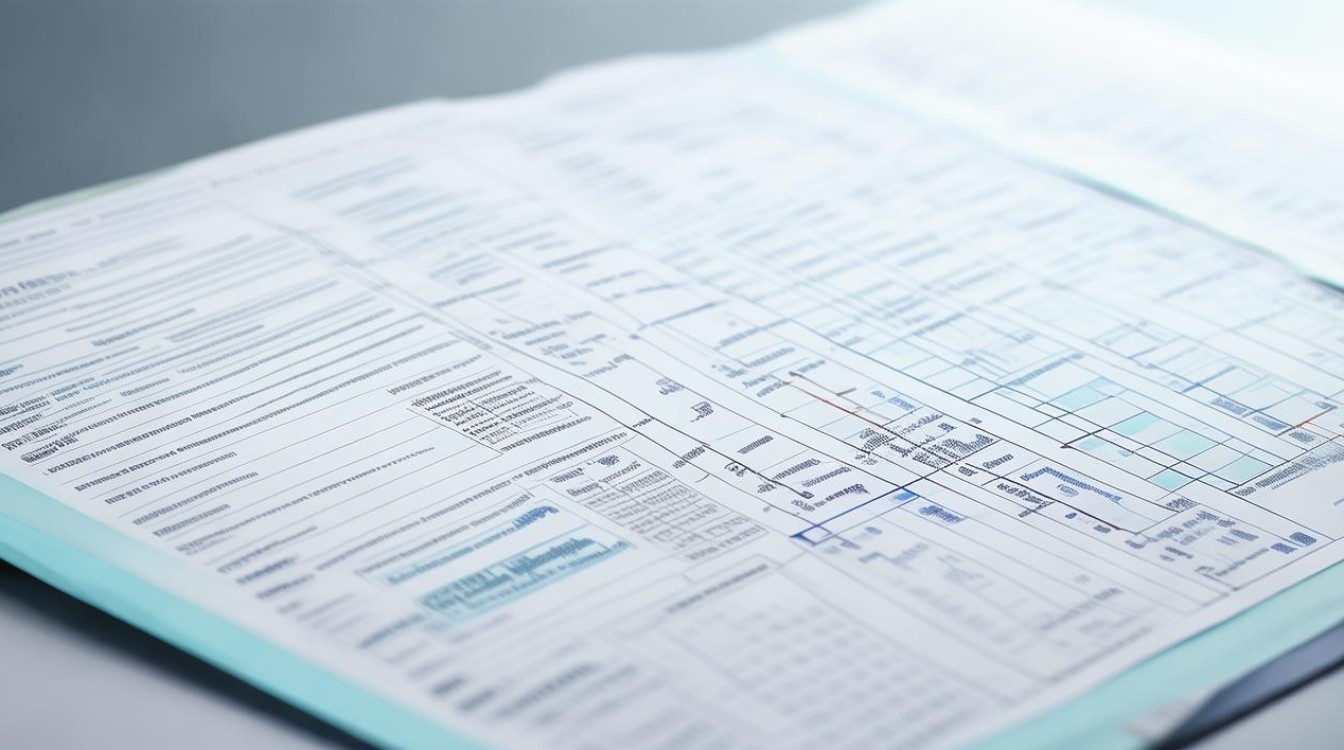When learning English, everyday objects like "plate" are among the first vocabulary words people pick up. But language is nuanced, and even simple terms can have variations, related phrases, or cultural contexts worth exploring. Whether you're a student, traveler, or just curious, here’s everything you need to know about the word "plate" in English.

The Basic Translation: "Plate"
The most straightforward translation for the flat dish used to serve food is "plate." It’s pronounced /pleɪt/ (rhyming with "late"). Examples:
- "Could you pass me a plate?"
- "She stacked the plates after dinner."
This term applies to standard dinner plates, salad plates, or dessert plates.
Types of Plates in English
Not all plates are the same. Here are common variations:
- Dinner Plate – The standard-sized plate for main courses, usually 10–12 inches in diameter.
- Salad Plate – Smaller (7–9 inches), used for appetizers or side dishes.
- Dessert Plate – Even smaller, often with decorative designs.
- Saucer – A tiny plate paired with a teacup.
- Charger Plate – A decorative base plate for formal dining, removed before eating.
Regional terms exist too. In British English, a "side plate" is equivalent to a salad plate, while "platter" refers to a large serving dish.

Idioms and Phrases with "Plate"
Beyond literal meanings, "plate" appears in several expressions:
-
"Have a lot on one’s plate" – To be busy or overwhelmed.
Example: "She can’t take on more work; she already has too much on her plate." -
"Hand someone something on a plate" – To give easily, without effort.
Example: "He didn’t earn it; they handed him the job on a plate." -
"Plate of shrimp" – A quirky slang term from the 1980s meaning something inevitable (from the movie Repo Man).

Technical and Specialized Uses
The word "plate" extends beyond kitchenware:
- Geology: Tectonic plates are massive sections of Earth’s crust.
- Photography: Traditional cameras used photographic plates.
- Automotive: License plates are vehicle registration tags.
- Science: A Petri plate (or Petri dish) is used in labs.
This versatility makes "plate" a useful word in multiple fields.
Common Mistakes to Avoid
- Confusing "plate" with "dish": A "dish" can refer to the food itself ("a delicious dish") or a shallow container, while "plate" is flat and usually round.
- Mispronunciation: Some learners say "plait" (which means a braid) instead of "plate." Focus on the long -ay sound.
- Overlooking context: In phrases like "home plate" (baseball) or "plate armor" (medieval gear), the meaning shifts entirely.
Cultural Notes
- In Japan, flat dishes are often called "plates" in English menus, but traditional "plates" might be ceramic or lacquered.
- Western etiquette places importance on plate positioning (e.g., bread plates to the left).
- The phrase "clean your plate" reflects cultural attitudes toward food waste.
Learning Tips
To remember "plate" and its uses:
- Label household items with sticky notes.
- Watch cooking shows in English—chefs frequently use the word.
- Practice idioms in conversations (e.g., "I can’t help; my plate’s full").
Language is more than memorizing words—it’s about understanding how they fit into daily life. Whether you’re setting the table or discussing geology, "plate" is a small word with big utility. Keep exploring, and soon, you’ll handle English as effortlessly as passing a plate at dinner.






